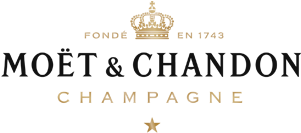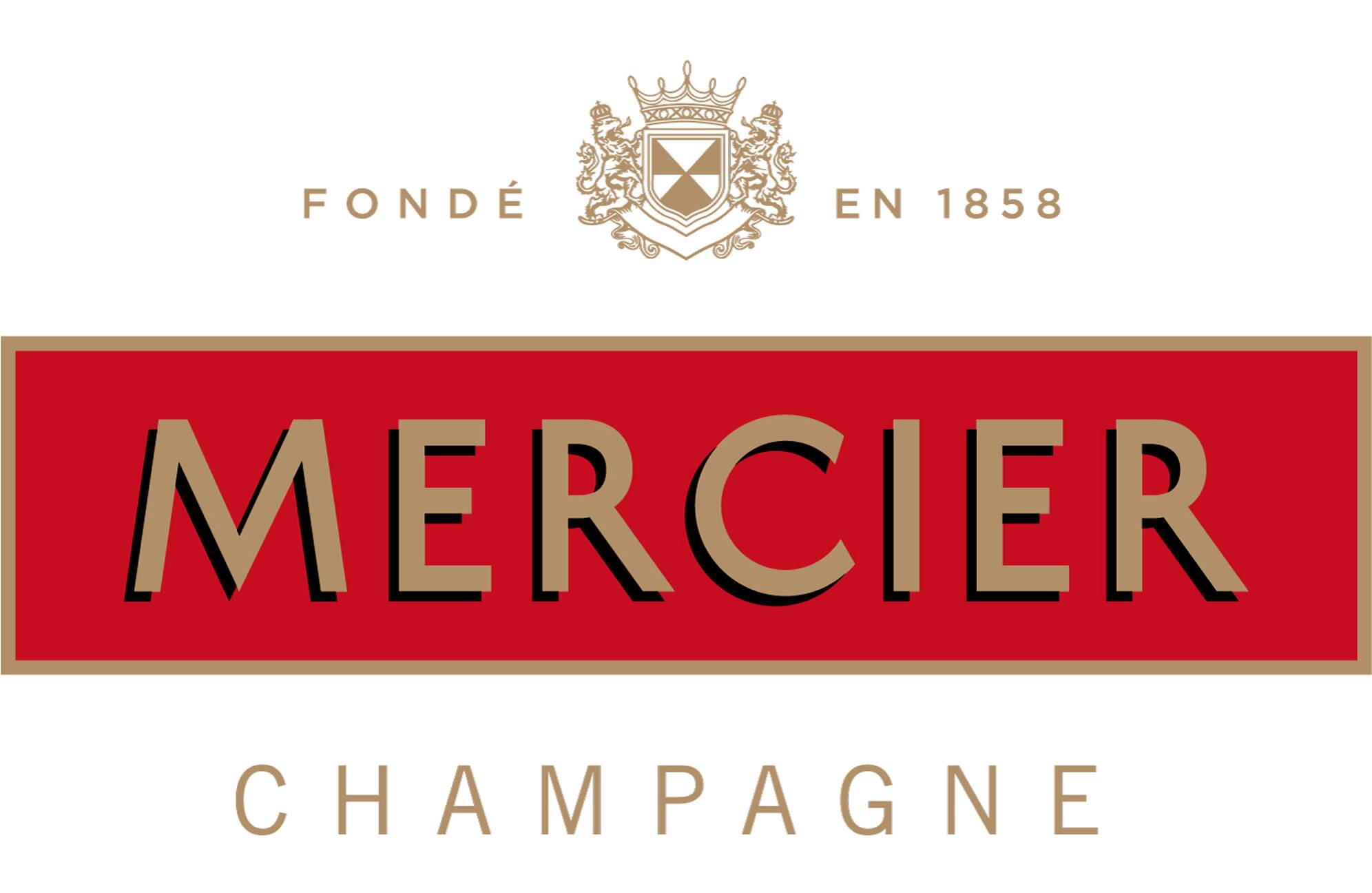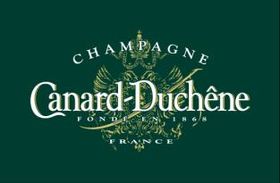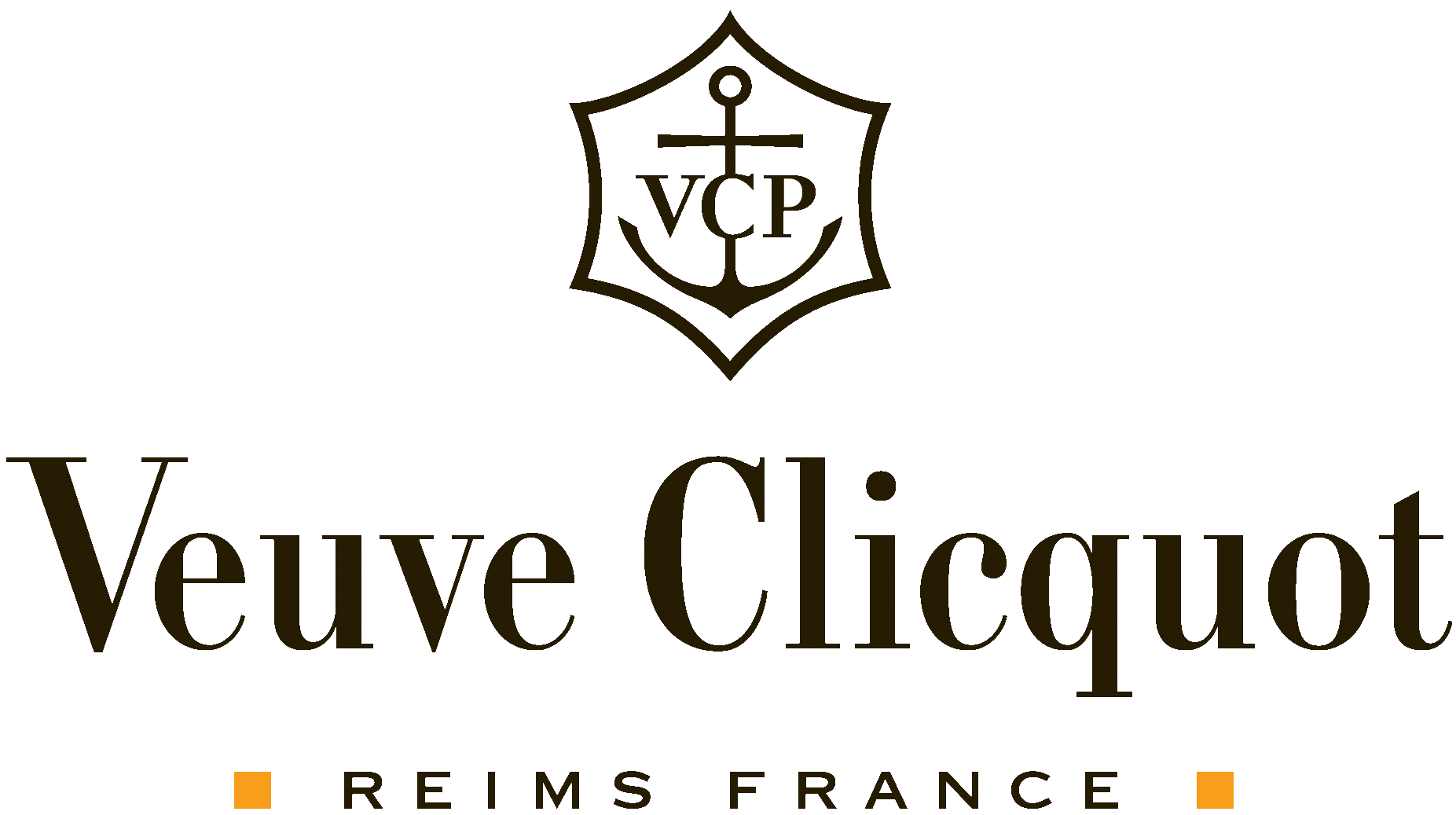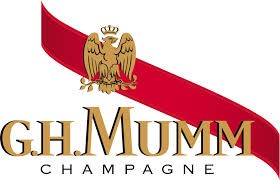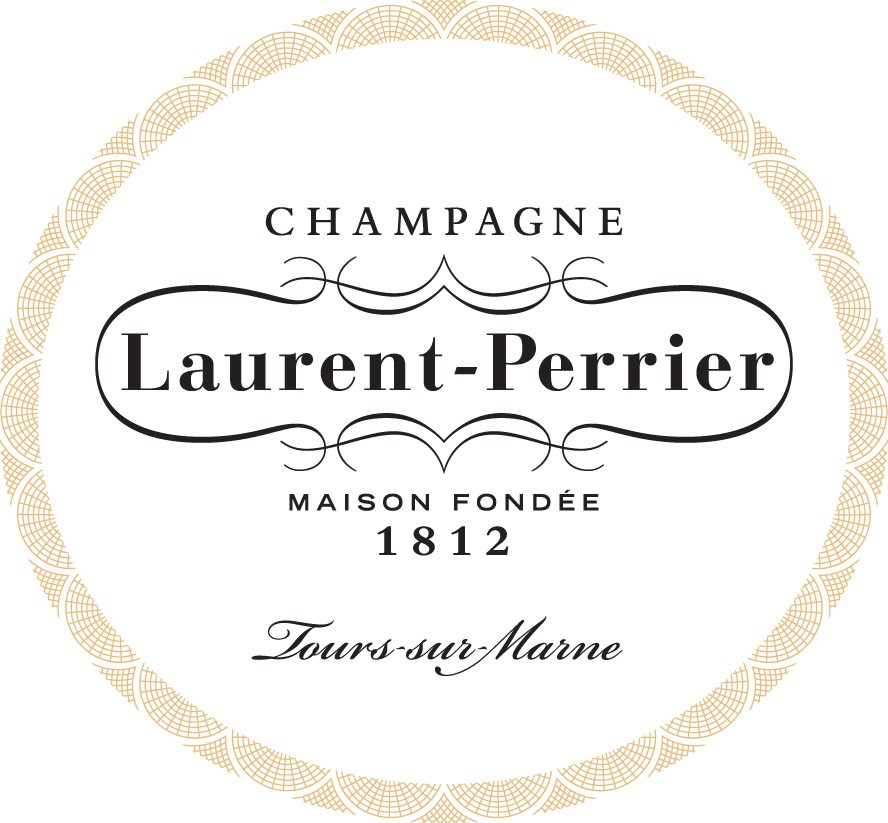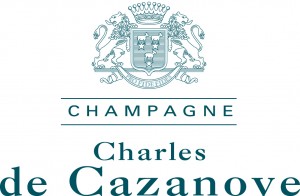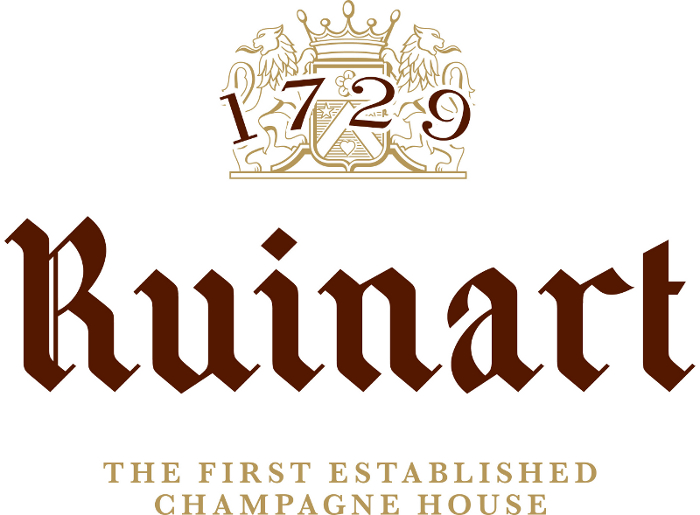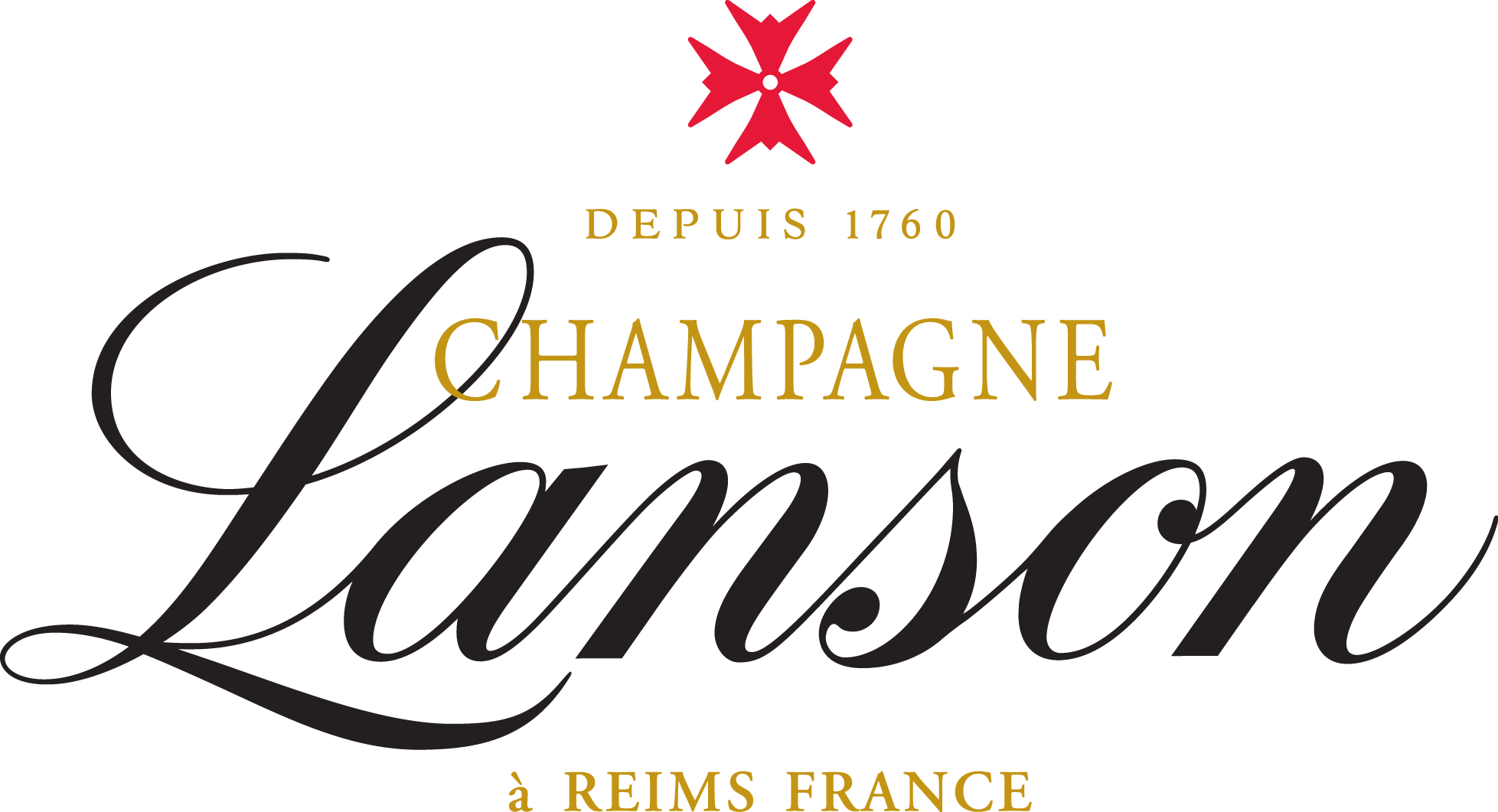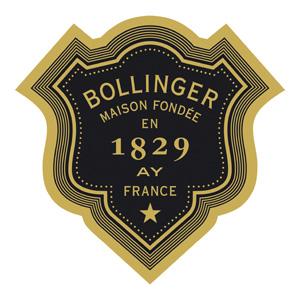Synthèse
In 2020, the champagne market faced significant challenges due to the COVID-19 pandemic, with a sharp decline in sales volume by 18% compared to the previous year, reaching a total of 244 million 75 cL equivalent bottles sold at a total of 4.2 billion euros, down by 18% in value compared. This accentuated the downward trend seen. France remained the world's top consumer of champagne despite a decrease in turnover noted since 2018, but the French overseas departments suffered particularly from the drop in tourist numbers. The pandemic had varying impacts on the sector: while the demand for wine and spirits was expected to rebound with the reopening of restaurants and bars, small producers still reeling from the 2008 crisis may struggle to recover.
Moreover, alcohol consumption in France has been structurally declining, with an annual per capita consumption of 10.38 L in 2020, and champagne consumption habits shifting towards premium products with an increased average selling price of bottles. The champagne industry also faces competition from other sparkling wines, evidenced by a 56% increase in imports in 2020. Moët & Chandon emerged as the French's favorite brand, while traditional houses accounted for 55.4% of the volume sold. The market trends also indicate a growth in champagne mixology and organic production, pointing to a diversification of offerings in the sector. Despite these challenges, the Champagne appellation remained strictly regulated to ensure quality and authenticity, presenting a strong foundation for market recovery and adaptation.
Champagne Consumption Trends in France Amidst Shifting Consumer Preferences
In recent years, France has observed evolving trends in champagne consumption shaped by demographic patterns, changing preferences, and macroeconomic shocks such as the COVID-19 pandemic. Amid a landscape where champagne holds a special place due to its historic and cultural significance, there has been a noteworthy diversification in the demand for sparkling wines, preferences for quality and exclusivity, as well as a move towards online market engagement. The demand for champagne in France, despite being the world's leading consumer, has experienced a decline. The onset of the COVID-19 pandemic presented further challenges with sharp decreases in sales volumes.
However, with France accounting for between 45 and 50 percent of champagne shipments by volume in 2020, and generating a turnover of approximately 1.5 to 1.7 billion euros, it is evident that the affinity for champagne amongst the French persists. Shifting consumer habits have revealed interesting dynamics; regular champagne consumption saw a nearly 20 percent reduction. At the same time, the frequency of non-consumption remained relatively flat. Revealingly, in terms of consumer profiles, those aged 50 and above account for the majority of alcoholic beverage occasions, with a particular uptick observed as people age. Moreover, men are more likely to drink champagne than women, and daily consumption is more prevalent among men as well.
The inclination towards 'crude oil,' which denotes raw champagne, is dominant, with over 85 percent of consumption both by volume and value leaning in this direction. Rosé and semi-dry variants, while marginal, have maintained stable sales. Additionally, the French market is witnessing a trend of 'premiumization,' with an increasing number of consumers opting for more expensive champagne varieties, reflecting a shift towards luxury and refined tastes.
In response to these market dynamics, brands such as Moët & Chandon lead in consumer preference, followed by notable independents like Nicolas Feuillatte. With a strong preference for branded champagnes, these actors have catered to diverse consumer preferences, from the affordability-conscious to the high-end luxury segment. The market also demonstrates a competitive landscape with other sparkling wines gaining traction.
Import figures suggest a rise in the attraction towards other sparkling variants, with imports showing a substantial increase of over 50 percent between 2015 and 2020. These trends denote a certain level of competition that champagne markets face, with certain consumer segments gravitating towards alternatives like prosecco or crémant.
Key Players Shaping the Champagne Market Landscape
- LVMH (Moët Hennessy Louis Vuitton): LVMH stands as a titan in the Champagne industry, boasting a portfolio that includes some of the most prestigious and sought-after brands. The crown jewel in their sparkling collection is Moët & Chandon, the favorite champagne of many French consumers and a global symbol of celebration. Other illustrious names under the LVMH umbrella include Veuve Clicquot, with its bold yellow label, Dom Pérignon, synonymous with vintage luxury, as well as Krug and Ruinart, which both cater to connoisseurs with their distinct and refined flavors.
- Nicolas Feuillatte: This cooperative brand has made significant inroads into the French market, standing as a notable contender with a democratic vision of Champagne that appeals to a wide audience. Founded relatively recently in 1976, Nicolas Feuillatte has carved out a name for itself through its accessible luxury positioning, appealing branding, and a cooperative model that supports a large number of vine growers in the region.
- Vranken-Pommery Monopole: Home to a bevy of noteworthy Champagne labels such as Pommery and Heidsieck & Co., Vranken-Pommery Monopole is another major player with a firm foothold in the sparkling wine landscape. Its extensive range encompasses both heritage and innovation, with Pommery being recognized for creating the first Brut Champagne and for its architecturally stunning Elizabethan-style estate in Reims, which attracts tourists and wine enthusiasts alike.
- Champagne Taittinger: With its family roots and commitment to tradition, Champagne Taittinger is another key actor in maintaining the prestige of Champagne. Their dedication to Chardonnay as the heart of their blends has defined a style of elegance and finesse that resonates with both local and international palates.
- Champagne Bollinger: Known for its robust and complex champagnes, Bollinger has established an iconic status and an association with the British secret agent James Bond which has only embellished its image of sophistication and high living.
These key players, with their distinct profiles, are central to the dynamics of the Champagne market. From LVMH's collection of marquee names that encompass the broad spectrum of bubbly indulgences to Nicolas Feuillatte's cooperative success story, and the cherished traditions upheld by family-owned estates like Taittinger and Bollinger.
à la compréhension de ce marché
Détail du contenu
 Informations
Informations
- Nombre de pages : 30 pages
- Format : Version digitale et PDF
- Dernière mise à jour : 06/12/2021
 Sommaire et extraits
Sommaire et extraits
1 Market overview
1.1 Definition and scope of the study
Champagne is a product made from grapes grown in the Champagne region of France. the grapes used are very specific like Pinot Noir, Pinot Meunier and Chardonnay. These grapes are fermented to obtain a wine that contains about 9% alcohol by volume. Champagne belongs to the category of sparkling wines and is strictly regulated by the Comité Champagne de France.
Various countries may produce sparkling wines similar to champagne, but none can be sold or labeled as champagne. All champagne is sparkling wine, but not all sparkling wine is champagne, as grapes grown under the rules of the appellation are only allowed to make champagne.
France is historically the world's leading consumer of champagne; nevertheless, for the first time in 2018, international Champagne exports exceeded shipments to the French territory. However, the health crisis had an immediate effect on champagne sales in France and internationally, which saw a sharp decline in volume in 2020.
 Liste des graphiques
Liste des graphiques
- Evolution des expéditions de champagne
- Répartition des expéditions de champagne, en volume
- Répartition des expéditions de champagne, en valeur
- Chiffre d'affaires de la vente de champagne en France
- Fréquence de consommation de champagne
Toutes nos études sont disponible en ligne et en PDF
Nous vous proposons de consulter un exemple de notre travail d'étude sur un autre marché !
Dernières actualités
Entreprises citées dans cette étude
Cette étude contient un panorama complet des entreprises du marché avec les derniers chiffres et actualités de chaque entreprise :
 Choisir cette étude c'est :
Choisir cette étude c'est :
Accéder à plus de 35 heures de travail
Nos études sont le résultat de plus de 35 heures de recherches et d'analyses. Utiliser nos études vous permet de consacrer plus de temps et de valeur ajoutée à vos projets.
Profiter de 6 années d'expérience et de plus de 1500 études sectorielles déjà produites
Notre expertise nous permet de produire des études complètes dans tous les secteurs, y compris des marchés de niche ou naissants.
Notre savoir-faire et notre méthodologie nous permet de produire des études avec un rapport qualité-prix unique
Accéder à plusieurs milliers d'articles et données payantes
Businesscoot a accès à l'ensemble de la presse économique payante ainsi qu'à des bases de données exclusives pour réaliser ses études de marché (+ 30 000 articles et sources privées).
Afin d'enrichir nos études, nos analystes utilisent également des indicateurs web (semrush, trends…) pour identifier les tendances sur un marché et les stratégies des entreprises. (Consulter nos sources payantes)
Un accompagnement garanti après votre achat
Une équipe dédiée au service après-vente, pour vous garantir un niveau de satisfaction élevé. (+33) 9 70 46 55 00
Un format digital pensé pour nos utilisateurs
Vous accédez à un PDF mais aussi à une version digitale pensée pour nos clients. Cette version vous permet d’accéder aux sources, aux données au format Excel et aux graphiques. Le contenu de l'étude peut ainsi être facilement récupéré et adapté pour vos supports.
 Nos offres :
Nos offres :
the champagne market | France
- Quels sont les chiffres sur la taille et la croissance du marché ?
- Quels leviers tirent la croissance du marché et leur évolution ?
- Quel est le positionnement des entreprises sur la chaine de valeur ?
- Comment se différencient les entreprises du marché ?
- Données issues de plusieurs dizaines de bases de données
Pack 5 études (-15%) France
- 5 études au prix de 75,6€HT par étude à choisir parmi nos 800 titres sur le catalogue France pendant 12 mois
- Conservez -15% sur les études supplémentaires achetées
- Choisissez le remboursement des crédits non consommés au terme des 12 mois (durée du pack)
Consultez les conditions du pack et de remboursement des crédits non consommés.
- 14/12/2023 - Ajout des informations de l'entreprise Bessertat de Bellefon Champagne (Lanson groupe)
- 28/10/2023 - Ajout des informations de l'entreprise Roederer Collection
- 31/07/2023 - Ajout des informations de l'entreprise Champagne Salon
- 03/07/2023 - Ajout des informations de l'entreprise Gratien & Meyer
- 26/06/2023 - Ajout des informations de l'entreprise EPC Champagne - Grinclair
- 22/06/2023 - Ajout des informations de l'entreprise Vranken Pommery
- 28/05/2023 - Ajout des informations de l'entreprise Groupe MHCF (Dom Pérignon)
- 28/05/2023 - Ajout des informations de l'entreprise Dom Pérignon (LVMH groupe)
- 14/04/2023 - Ajout des informations de l'entreprise Charles Heidsieck
- 14/04/2023 - Ajout des informations de l'entreprise Piper Heidsieck
- 14/04/2023 - Ajout des informations de l'entreprise MHCS (LVMH groupe)
- 21/02/2023 - Mise à jour des données financières de l'entreprise Intermarché
- 28/01/2023 - Ajout des informations de l'entreprise Bonvallet Champagne





 Thierry Cotillard (Les Mousquetaires) : "Nous voulons devenir invulnérables" - 29/02/2024
Thierry Cotillard (Les Mousquetaires) : "Nous voulons devenir invulnérables" - 29/02/2024
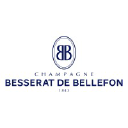 Le changement climatique interroge la maison de champagne Besserat - 14/12/2023
Le changement climatique interroge la maison de champagne Besserat - 14/12/2023
 Champagne EPC s'installe dans le secteur aérien et sur le marché anglais - 15/11/2023
Champagne EPC s'installe dans le secteur aérien et sur le marché anglais - 15/11/2023
